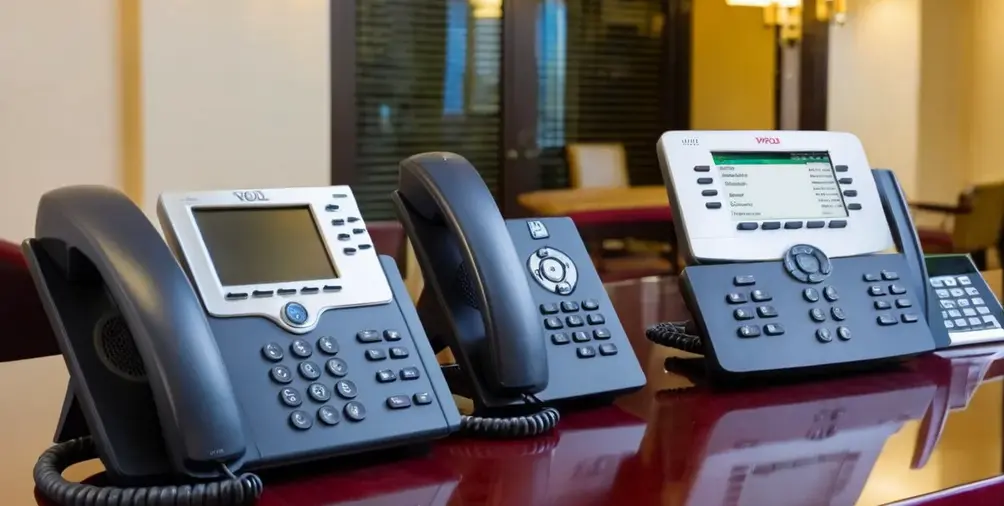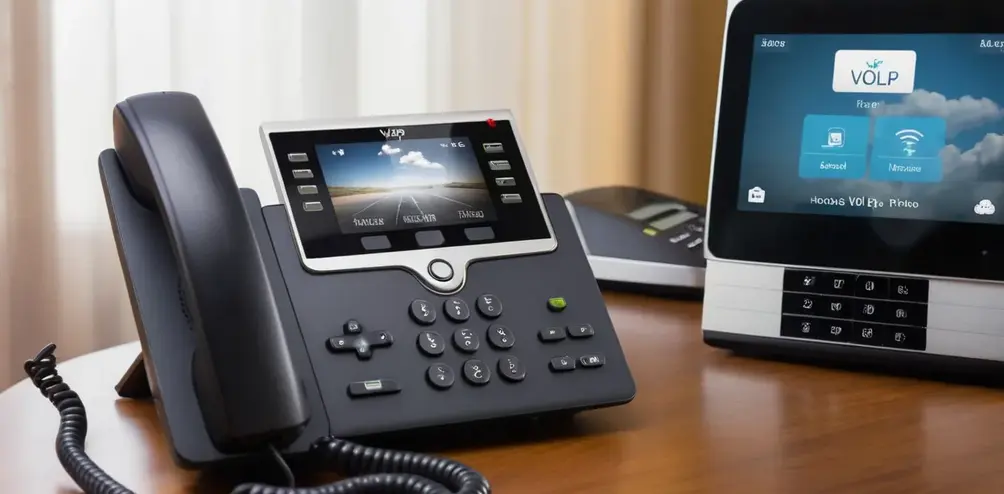You pull your phone out of your pocket or bag, press the power button, and…nothing happens. Or maybe it turns on but starts glitching right away. An ominous sign. Could your phone have a short circuit?
Short circuits are more common than you might think. Let’s take a closer look at what they are, what causes them, how to recognize the signs, and whether it’s possible to fix a short-circuited phone.
What Exactly is a Short Circuit?
Essentially, a short circuit is an abnormal connection within your phone’s electrical wiring that allows electricity to flow along an unintended path. This disrupts the normal flow of power and can cause components to malfunction or fail completely.
 The wiring that makes up the connections between components in your phone is known as a circuit. Electricity should flow properly along this pathway. But when something conductive bridges different parts of the circuit that aren’t meant to connect, this creates that alternate route for electricity to flow across—a short cut, so to speak—hence the name “short circuit.”
The wiring that makes up the connections between components in your phone is known as a circuit. Electricity should flow properly along this pathway. But when something conductive bridges different parts of the circuit that aren’t meant to connect, this creates that alternate route for electricity to flow across—a short cut, so to speak—hence the name “short circuit.”
Common Causes Behind the Scenes
So what typically causes this unwanted conductivity leading to shorts? The main culprit is liquid. Spilling water or another beverage on your phone, using it in the rain, dropping it in water—moisture is public enemy number one when it comes to short circuits.
The liquid ends up coating components that contain electrical charges, allowing currents to flow between places they shouldn’t flow. Water is especially risky because it conducts electricity decently well.
A short can also happen if internal phone fluid leaks out. Lithium-ion batteries contain liquid electrolytes. Should the battery case crack, these electrolytes can drip onto other components and create shorts.
Finally, physical damage to the delicate wiring inside phones can cause bare wires to make contact and short. So drops or impacts that bend and tear internal parts over time can set the stage for a short.
Telltale Signs Your Phone May Have a Short
How do you know if your finicky phone is actually short-circuited? Here are some of the most common clues:
It Doesn’t Power On
If you push the power button but your phone remains dark and unresponsive, a short could very well be the reason. In some cases, a short prevents enough electricity from reaching essential components to turn on at all.
It Quickly Overheats
Excessive heat is never normal and usually indicates a malfunction. If your phone rapidly gets hot to the touch shortly after powering on, that points to a short diverting electricity and overheating parts as a result.
The Battery charge Doesn’t Last
A phone shorting out can rapidly drain the battery since electricity flows abnormally. So if your battery icon turns red and empties very quickly even right after a full charge, a short may be to blame.
It Restarts Randomly
Frequent unexpected reboots and power cycles are very common with short-circuited phones. As electricity gets rerouted, components can temporarily lose power and reset.
The Screen Glitches
Because shorts disrupt normal functioning, they can cause all kinds of glitches from panels freezing to display discoloration and distortion. So if your screen acts up right after powering on, shorts could be interfering.
 It Gets Stuck Mid-Use
It Gets Stuck Mid-Use
Any performance issue like apps freezing, touchscreen buttons not working, or complete unresponsiveness suggests sensitive electrical components are malfunctioning—precisely what shorts cause.
The Best Way to Confirm Shorts
Suspecting shorts from troubling symptoms is one thing. But how do you know for absolute certain if your phone really has a short circuit?
The only way to definitively diagnose a short is to open up the phone and thoroughly examine the internal wiring and components on the printed circuit board (PCB). Diagnostic shops with experienced repair techs are best equipped to do this properly.
They’ll disconnect the battery to avoid electrical risk, then systematically inspect the PCB under magnification. They have specialized equipment to transmit tiny electrical signals throughout individual circuits and observe how electricity flows—or doesn’t flow.
Any abnormalities pinpoint problem spots that create unwanted conductivity between points in circuits—i.e. shorts! Professional diagnosis is the surest way to catch them.
Can Short-Circuited Phones Be Fixed?
Once you confirm a shorted phone, the big question becomes whether repairing it is feasible. The answer largely depends on the extent and locations of the shorts. Let’s overview the general outlook.
Liquid Damage – Catching and addressing water or leak damage quickly is key for the best shot at fixing shorts. If moisture invaded recently, opening the phone immediately and thoroughly drying all components can eliminate shorts before permanent damage sets in.
Fluid Leaks – A damaged lithium battery leaking corrosive electrolytes can be irreparable depending on how widely it spread inside the phone. Extensive liquid damage often cannot be fully reversed.
Minor Component Shorts – Should shorts stem from one or two replaceable parts that aren’t completely ruined, repair may be worthwhile by swapping those specific parts. Common culprits like charging ports, cameras, and power buttons fall into this category.
While some short circuit phone fixes are relatively quick and affordable, more advanced ones may not justify the expense. Diagnostic technicians can best advise if complete repair appears possible after pinpointing shorts.
Protect Your Phone from Shorts
While quality protective cases defend phones from cracks and dents, they don’t fully prevent internal electrical shorts. Still, you can take proactive steps to reduce short circuit risk day-to-day:
- Keep phones away from moisture – Avoid using phones in the rain, near sinks or pools, or with wet hands. Water damage is the #1 cause of shorts!
- Handle with care – Drops and impacts that could damage delicate wiring raise odds of shorts over time. Use caution in how you carry and use your phone.
- Inspect regularly – Periodically check your phone for existing cracks that could allow moisture intrusion, bulging batteries, or loose charger ports that exacerbate risk.
- Use manufacturer charging components – Rely only on approved, working chargers and cables from phone producers. Faulty chargers often create shorts.
Staying vigilant to safeguard your phone both inside and out gives you the best probability it stays short-free. But should those worrying symptoms pop up anyway, now you’re equipped to get to the bottom of potential shorts!
